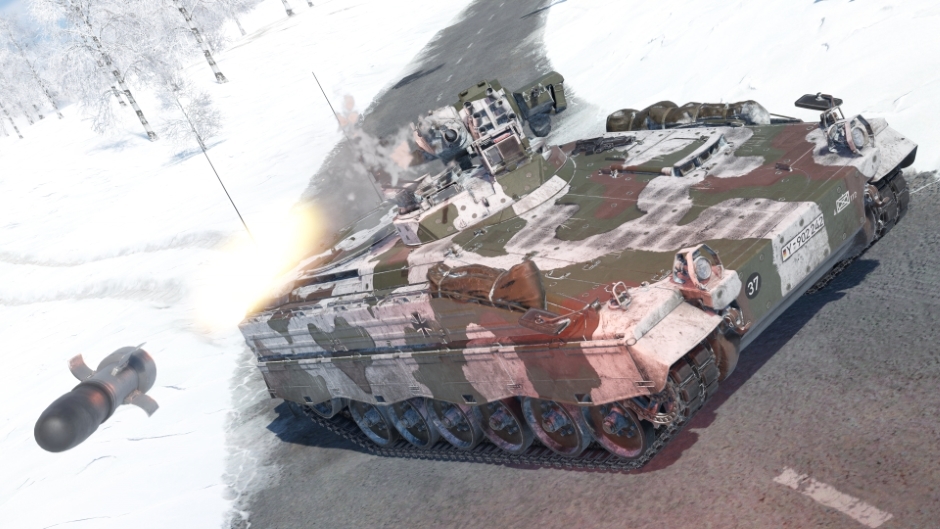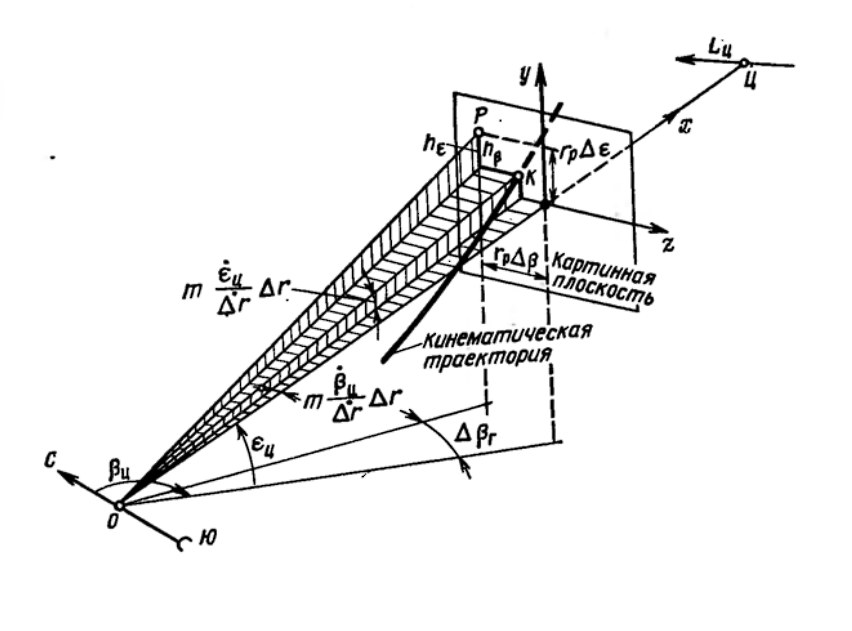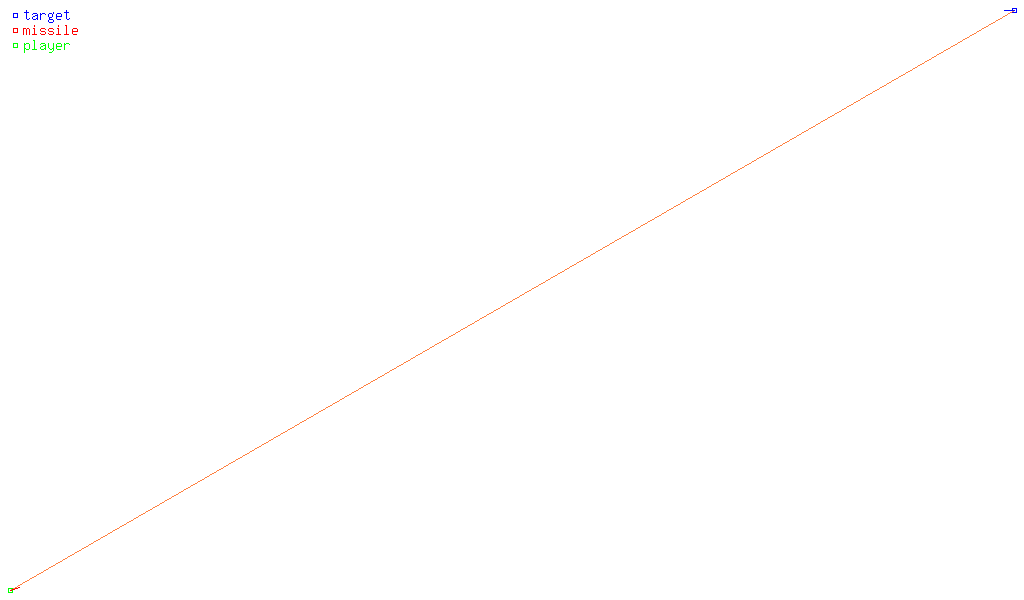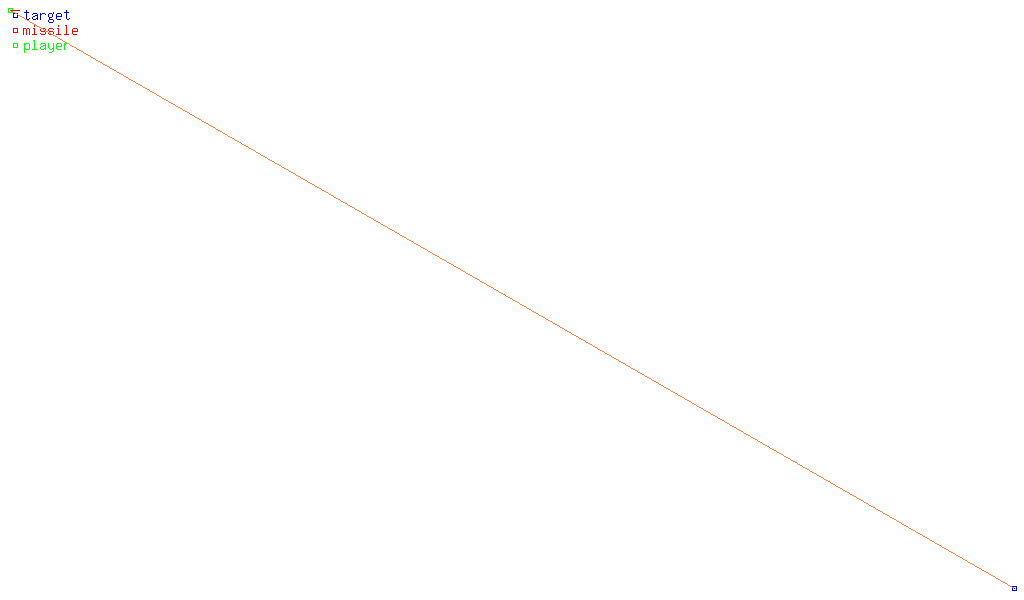almost 2 years
ago -
Blitzkrieg Wulf
-
Direct link

We present details on the revised physics of guided missiles with line-of-sight guidance in the La Royale update.
We continue to refine the physical model of the weapons in the game. Today we would like to talk about the new reworked physics of missiles guided by the three-point method guidance, that is, guided using line of sight, which we have prepared for the La Royale major update.
The current physics of line-of-sight missiles affects the missile's skyplane acceleration directly, bypassing the simulation of controls.

Skyplane of a missile
The current simplified implementation of the physical model allows the missile to go beyond the available overload and hit targets with which the missile should not have enough maneuverability available.
The new physical model for line-of-sight guidance missiles is similar to the physical model of homing missiles and operates on the missile's control surfaces.
The updated physics model of missiles requires much more accurate autopilot tuning compared to the old physics model, and even compared to homing missiles. Generally, the autopilot of each such missile is a compromise between the dynamic error of the real missile trajectory from the kinematic trajectory and self-oscillations of the missile around the kinematic trajectory with a sharp change in the direction of the line of sight.

Animated dynamic error of lagging the real trajectory from the kinematic one
A dynamic error, unlike a miss due to insufficient G capability, exerts throughout the entire trajectory of the missile, while insufficient available overload capacity appears only when approaching the target, when the necessary overload increases sharply.

Animated dynamic error of lagging the real trajectory from the kinematic one due to insufficient G capability
The dynamic lag of the actual trajectory from the kinematic occurs not only when launching against a moving target, but also with a moving carrier. This must be taken into account by the player when launching from a high-speed carrier: it is worth trying to reduce the angular velocity of the line of sight to reduce the dynamic error.

Animation of the trajectory of a line-of-sight guidance missile when fired from a high-speed carrier
The use of a new physical model allows you to correctly implement the control over the missile's engine and control surfaces, which allows more accurately modeling the design features of the missiles in the game. So, for some missiles, engine control was implemented that allows significantly better control over a missile at low speed compared to aerodynamic controls (flaps, rudders, etc). We have implemented this feature on the following missiles:
ATGM
- SS.11
- 9М14М-2
- MILAN
- MILAN-2
- HOT
- HOT-2
- HOT-3
- 302 ATGM
- HJ-8A
- HJ-8C
- HJ-8E
- HJ-8H
- Roland-1
- Roland-2
- Roland-3
We have implemented a new physical model for the majority of the line-of-sight guided anti-tank and surface-to-air missiles. Here is the list:
ATGM
- SS.11
- 9М14М-2
- MILAN
- MILAN-2
- HOT
- HOT-2
- HOT-3
- 302 ATGM
- HJ-8A
- HJ-8C
- HJ-8E
- HJ-9
- TOW
- I-TOW
- TOW-2
- TOW-2A
- 9М17P
- 9М17М
- 9М133
- 9М133М-2
- 9М133FM3
- 9М112
- 9М113
- 9М117
- 9М119
- 9М114
- 9М120
- 9М120F1
- 9М220O
- 9М123 (helicopter)
- 9М127
- 3М7
- GP105
- HJ-73E
- GP125
- MGM-51B
- MGM-51C
- MP ACRA
- Type-79
- ACRA
- ZT3A1
- ZT3A2
- Rb53
- MIM-146
- Roland-1
- Roland-2
- Roland-3
- RB-70
- RB 70 Mk.2
- BOLIDE
- 9М331
- 9М311
- 95Ya6
- VT-1
The listed missiles will be transferred to the new physics with the release of the La Royale major update. Old physics remains for the 1st generation ATGMs with wire guidance, as well as for some 2nd generation missiles.